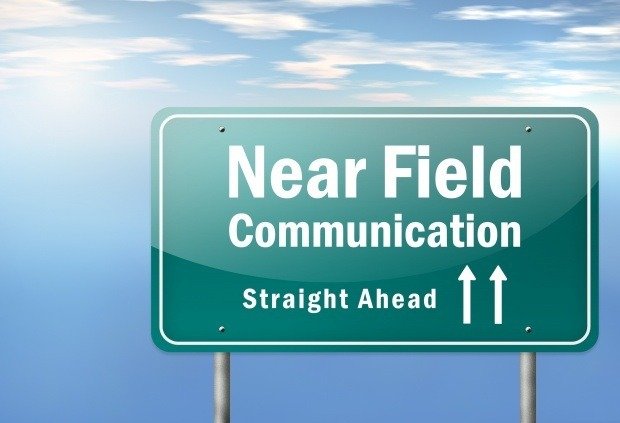
Kinetic used Olympics-related creative at key high-traffic locations, such as airports, last year to promote Visa during the Games
Digital out-of-home (DOOH) offers innovative ways in which a brand can engage with customers. But this engagement has to be increasingly clever and provide added value for people to stop, interact and recall the campaign. What do agencies have to bear in mind to make successful content for this medium?
“To create awe-inspiring campaigns, agencies need a brilliant idea, to find the right location for the ad to reach the target audience, and use the technology available for best results,” comments Nick Mawditt, global director of insight and marketing at Kinetic. “Our studies show that companies that embrace new technology for their advertising get a more favourable perception amongst the audience. DOOH messages are increasingly event-led; this could be a celebration, such as Easter, or current news.”
Will Awdry, creative partner at Ogilvy, recalls the success of the agency’s Olympics 2012 campaign for BP featuring Jessica Ennis. “We ran pre-emptive DOOH messages (‘Go Jess Go’) the night before her big event, which then became a congratulatory piece when she secured the heptathlon gold medal. This was carried out pretty much in real time with London Underground signage. Off the back of it, Twitter and other social media sites were on fire and the conversation was live.”
Liam Boyle, managing director of Monster Media, considers: “The role of technology is to aid the brand in communicating its core objectives relating to its platform and positioning in unison with its planning schedule across the full marketing mix. There are a variety of tools that can now be accessed to further drive above-the-line campaigns all the way through the line.
“Immersion is the future and the now,” Boyle continues. “Creating brand experiences through DOOH leverages the convergence of the experiential and advertising models. These are powerful channels on their own, but even more potent when mixed together. Technology is the binding agent that allows brands to converse directly with their desired demographic and facilitate a more valued, quantifiable and quantitative, connection.”
All the agency representatives interviewed agreed that campaigns can undergo meticulous planning but they also need to be able to grow organically. Sophie Burke is head of marketing at Zoom Media, which claims to be the UK’s largest digital media network in health clubs. She adds: “The media planning cycle is generally quite lengthy and requires a great deal of thinking ahead. However, the majority of truly successful and innovative media campaigns involve an element of spontaneity – whether it’s copy which can be adapted dynamically based on real-time data, or an interactive component which allows the consumer to get involved.”
But not any old interaction will cut it. Mawditt says that, in Kinetic’s experience, direct touch rather than gesture-controlled interaction makes the engagement and recall more powerful. “If you touch a screen, you are engaging in a more personal and private level, even if it’s in a public space. With gesture, the engagement is brief and people can feel self-conscious.”
Campaign content needs to be timely but also allow for user-generated content; it is in this area where social media comes into play and facilitates the call to action. Real-time campaign metrics need to be aligned to marry the technological capability of the screen with other live information, such as online engagement, as demonstrated with Posterscope’s campaigns that use Liveposter, a dynamic content scheduling and distribution product.
Posterscope’s Adam Cherry talks about the McDonalds London 2012 Olympics photo exchange exercise, which gave the brand a 73 percent positive perception boost. The campaign consisted of a real-time creative exercise: photographs submitted via Facebook were matched with custom straplines and delivered to hundreds of screens nation-wide. This was then fed back into the protagonists’ Facebook timelines to be shared with friends, prompting them to join in and create a snowball effect amongst fans.
“Social is a very powerful tool,” says Boyle. “We’re big believers in the potential to integrate and give brands the opportunity to converse directly with their audience after the initial point of engagement. Giving consumers the chance to engage through interactive digital and brands’ CRMs, and data as a result, will be a benefit to both in the long run.”
Posterscope’s Cherry forecasts: “The future will see DOOH scheduled and traded in new ways, focusing much more on the impressions delivered rather than number of screens bought.”
Where DOOH is concerned, advertising content is increasingly featuring social media to drive customer engagement and provide valuable data back to brands. But, in order to make those objectives successful, it’s time for the creatives to get creative.
